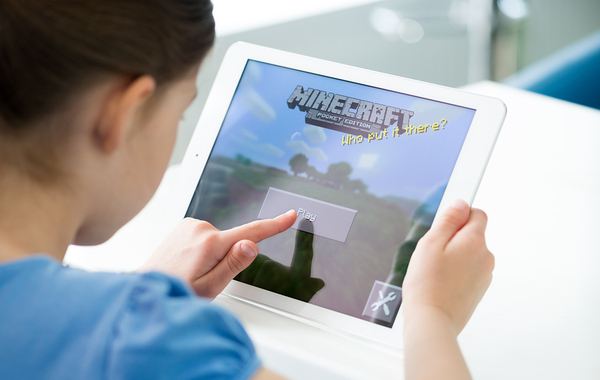
How much tablet time is too much?
- “Hard” Times
“Hard” in this case refers to times that kids shouldn’t be using their screen time allowance, like bedtime, meal times, school, and other scheduled times where they need to focus on what’s happening or simply need to not look at the screen. These can be a bit flexible, of course; if kids are up late and don’t have anything else to do, you should have the discretion to let them play a game or read a book. But once they’re tucked in, the tablet should be firmly under control, either out of the room or locked down using one of the parental control apps on the market, like Screen Time.
- Work Times
There are other situations where tablet use is appropriate, but only in certain ways. For example, kids might need tablets when they get home from school to research book reports, to use as calculators for complex math and science tasks, or other homework-related chores. It’s OK to loosen up the parental control a little bit for these tasks. Just be sure to sit down with your kids before the school year starts and lay out what the rules are and what the consequences will be. You might also consider setting a specific control for “homework” time that only allows certain sites or apps to be allowed, or to have a tablet that’s solely for homework, with no apps other than ones that get tasks done.

Play is a good thing, but there’s always too much of a good thing to consider.
- Free Time
Then there is, of course, free time, which kids are free to spend as they want. Here is where you can really loosen up, as long as they understand that free times doesn’t sprawl over into work or bed. Here, the best guide is to be a role model. If you’re spending your free time staring at a TV or playing with your own tablet, then they’re likely to imitate. But if you do other things with your free time, that’ll help kids understand that just because they have a tablet doesn’t mean they have to use it all the time.
- Setting Schedules
Once you know what all these times are, sit down with your kids and write out a schedule. Put it down and talk about why these screen time rules are in place. Make sure they understand the rules, both the why and how, and establish some consequences for breaking the rules. For example, if they throw a fit about a game or refuse to stop playing it, they should understand that deleting it off the tablet for good is on the table.
Be sure to revisit these schedules regularly, especially when their schedules shift, like over the summer. If kids understand that they’ve got a say, they’re more likely to go along. Need help instituting parental control? Screen Time Labs can help. Try it for free!

Join the conversation